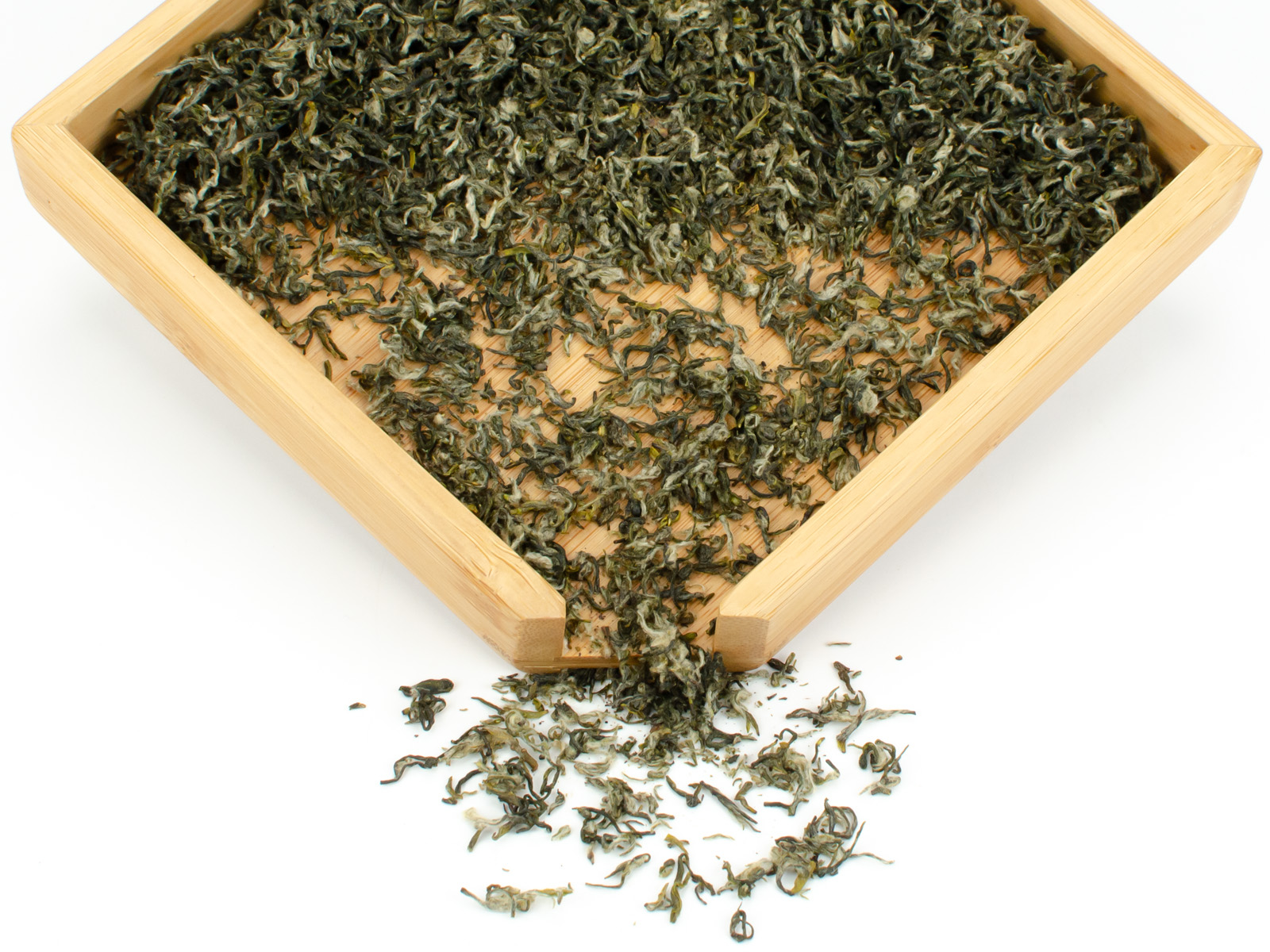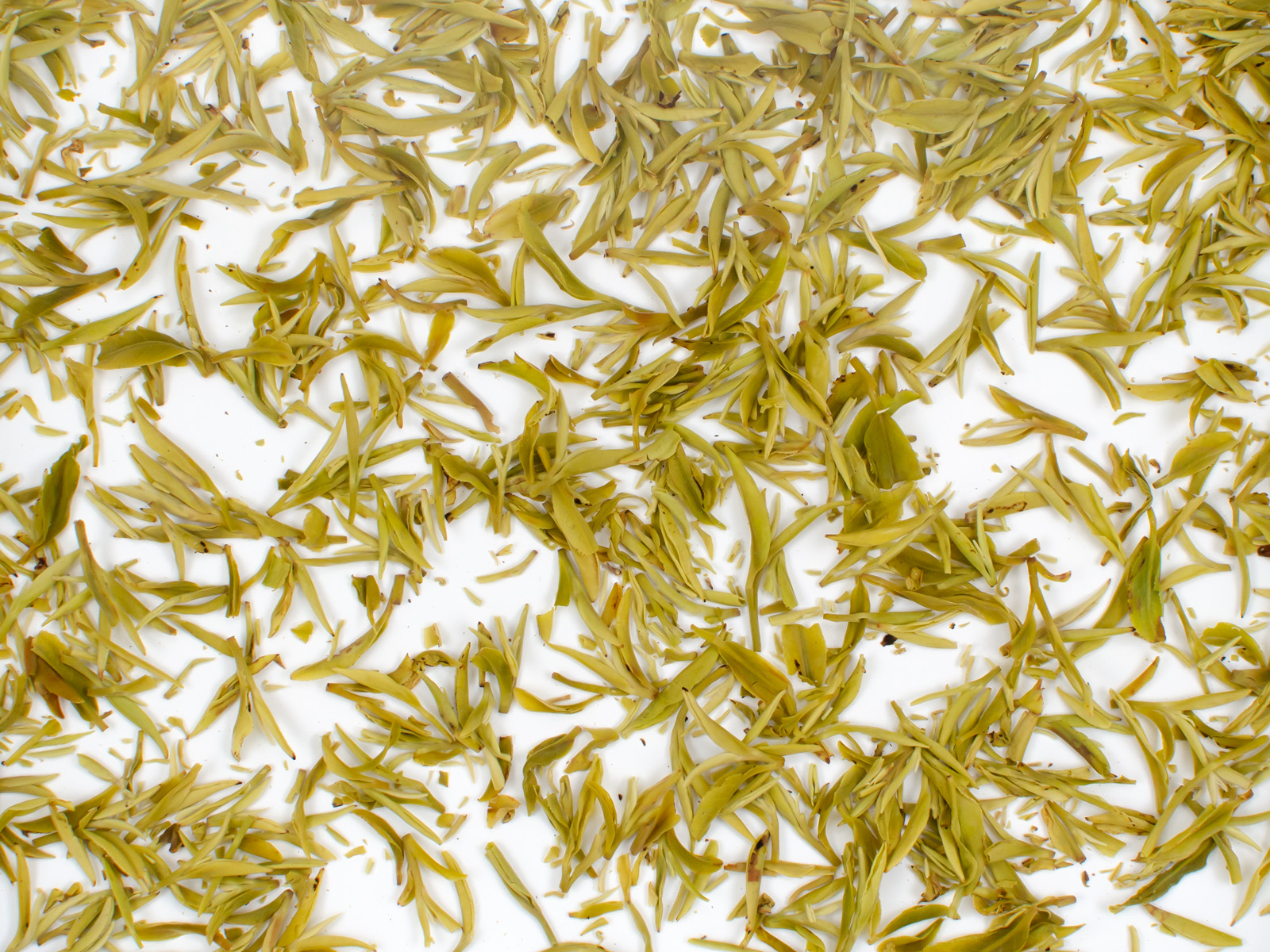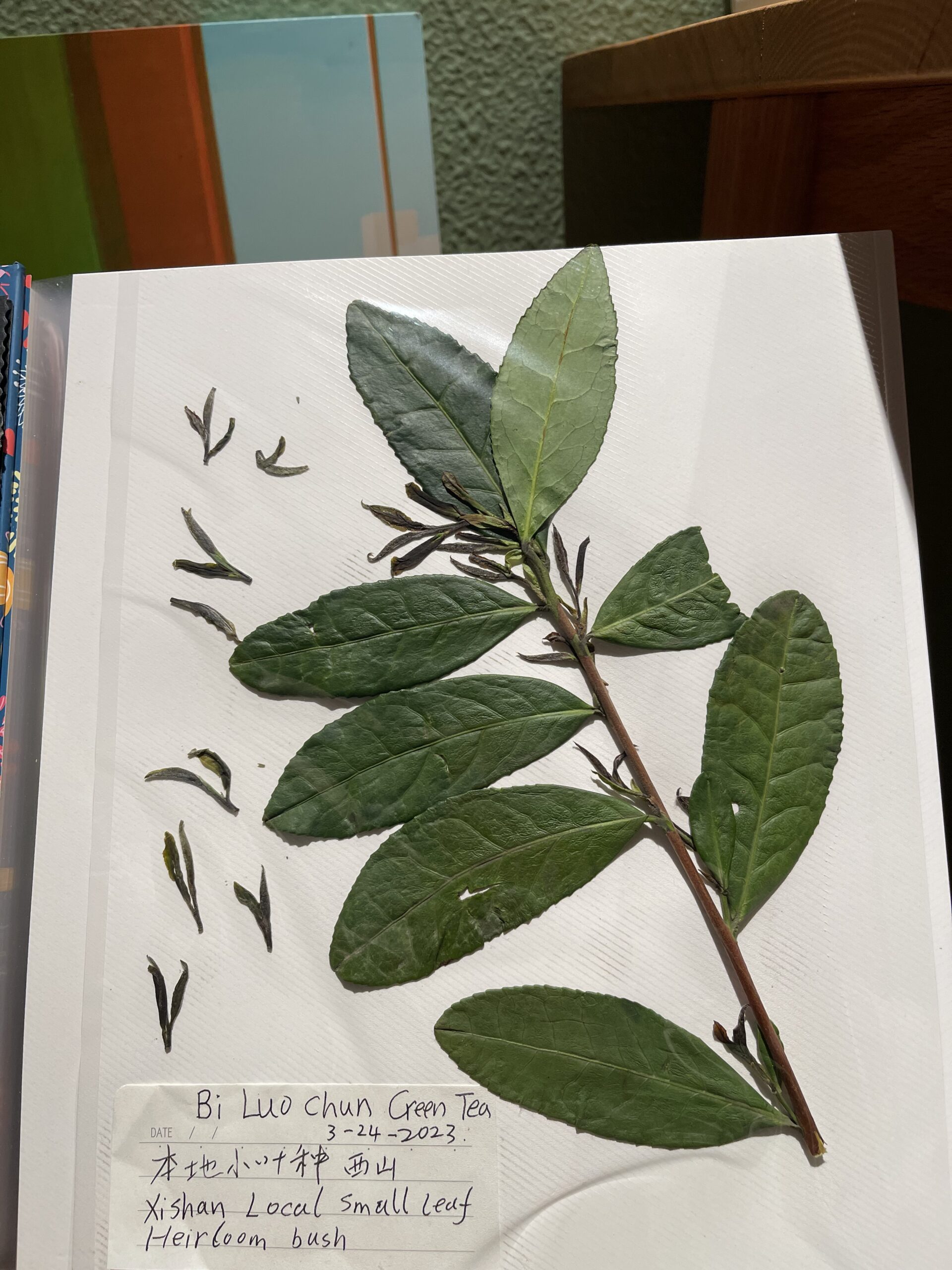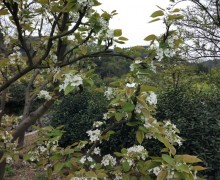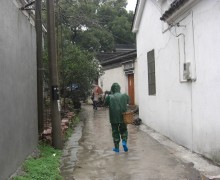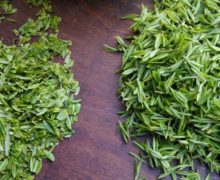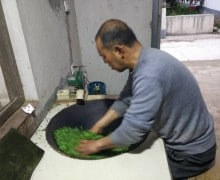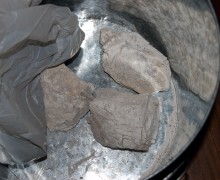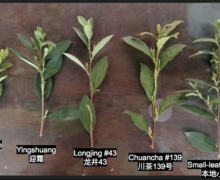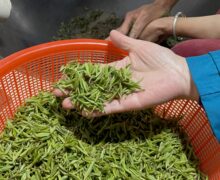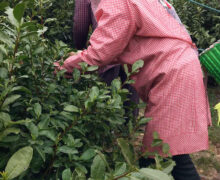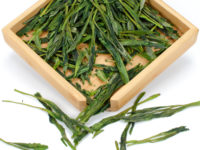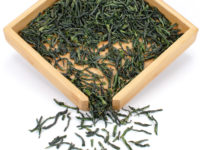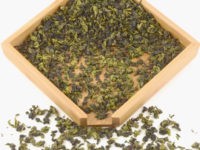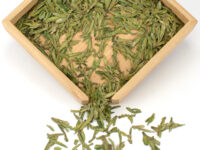Bi Luo Chun
Green Tea 2025
Bi Luo Chun’s small, feathery tea buds and leaves yield a gentle yet full flavor with a lingering sweetness and high concentration of antioxidants. This early spring tea possesses a cool and distinctive fruit-blossom aroma, perhaps owing to its cultivation in a lake island garden full of flowering fruit trees.
- Tea Origin
- Suzhou City, Jiangsu Province, China
- Tea Bush
- Xishan Xiaoyezhong (Xishan Small Leaf Heirloom Tea Bush)
- Tea Maker
- Lu Genliang and Zhu Guiying
- Harvest Time
- Late March
- Plucking Standard
- One bud, one leaf
Authentic Bi Luo Chun stands out from its many imitators with a fresh but gentle flavor and a rich aroma that is stronger and more complex than common green teas. The very small size and downy appearance of the leaves are characteristic of the heirloom tea bushes of Xishan Island used to make the original Bi Luo Chun. The combination of these particular heirloom cultivar plants with their growing location in a diverse island garden surrounded by blossoming fruit trees creates a tea with a truly unique fruity-floral flavor and aroma and an extremely high concentration of antioxidants.
Since this tea is picked so early in the spring, the dry tea leaves are coated in small fuzzy white hairs. This is customary for high end Bi Luo Chun green tea. It is a tea best enjoyed as early as possible in China to experience the freshness of the tea’s remarkable character.
Island origin of the original Bi Luo Chun
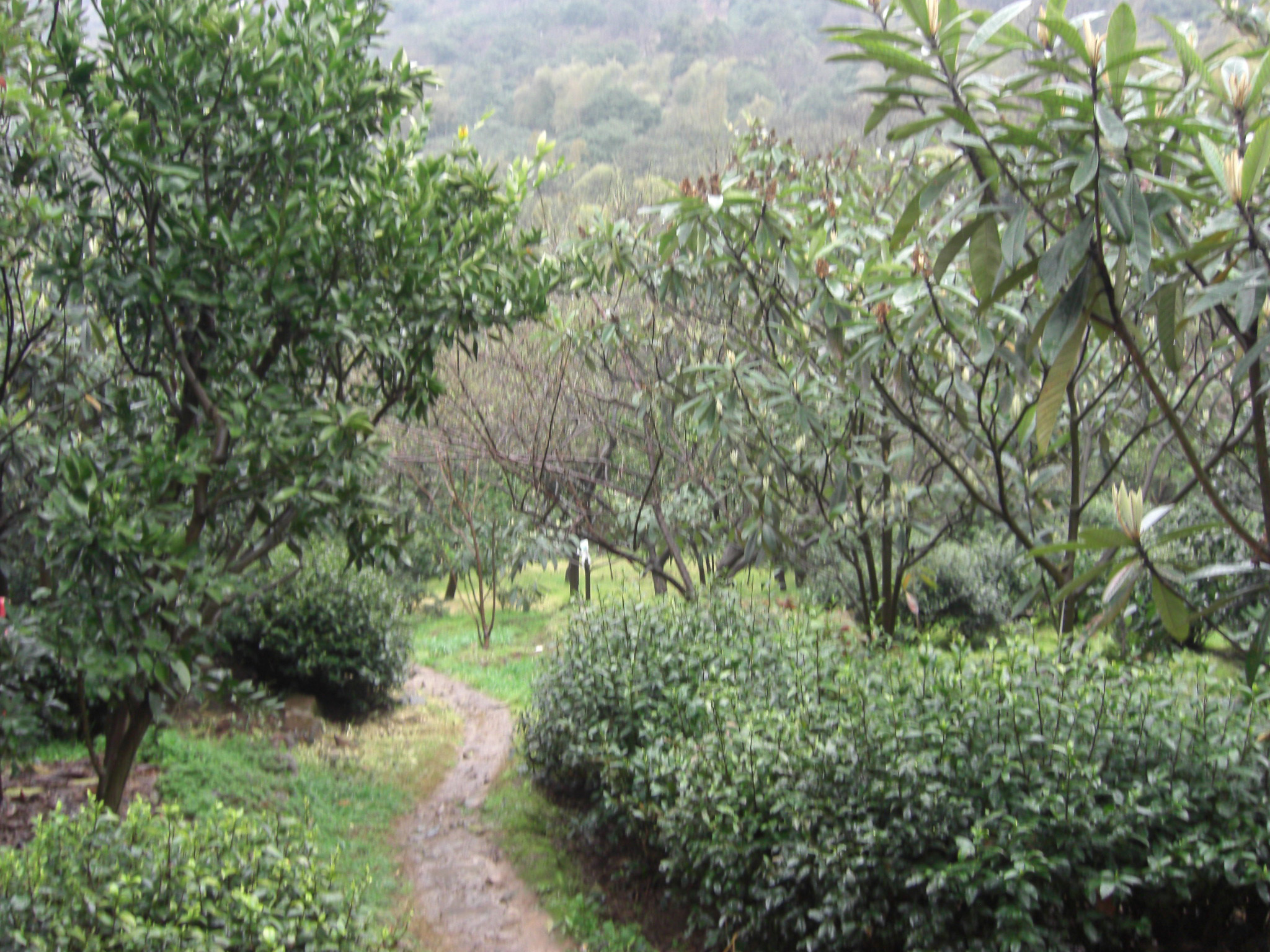
Bi Luo Chun originates in the Dongting Mountains within and around Taihu (Tai Lake) in Jiangsu Province, the 3rd biggest freshwater lake in China. Dongting actually refers to two mountains known as Dongshan (East) seated on the eastern edge of the lake and Xishan (West) which sits on an island within Taihu. The taste and aroma varies between Bi Luo Chun harvested from these two mountains. While Dongshan Bi Luo Chun has darker and bigger leaves with a rich taste, Xishan Bi Luo Chun has small, tender leaves with a gentle flavor.
We selected the highest grade of Bi Luo Chun from Xishan for its unique fruit-like character that derives from the influence of the many fruit trees that grow on the island. The fruit trees provide shade for the tea bushes and bloom in the springtime when Bi Luo Chun is being picked. This results in a mildly sweet flavor and fruity aroma being transferred into the freshly picked tea. For more on the lake that Bi Luo Chun hails from and the tea itself, we have a video that expounds more on this tea.
History and name origin
While Dongting Mountain is an old tea producing area dating back to the Tang Dynasty (619-907), Bi Luo Chun became very popular during the Ming Dynasty (1368-1644) and later a tribute tea during the Qing Dynasty (1644-1911). There are many stories about how this tea was named, but the name describes its important characteristics: bi, the deep green color, and the curled dried tea shape similar to a snail, luo. In addition, this green tea must be harvested during the early spring (chun), which results in its white feathery appearance.
A highly specialized tea master
Our tea master Lu Genliang had taken over the family tea trade early in life, after having just graduated from junior high at 16 years old. Life on Xishan island revolves around two products: tea and fruit. Growing up, Lu Genliang was taught by his family how to skillfully pluck and tend to the tea bushes and as well as how to fire and process their fresh leaf. He has continued the family business ever since.
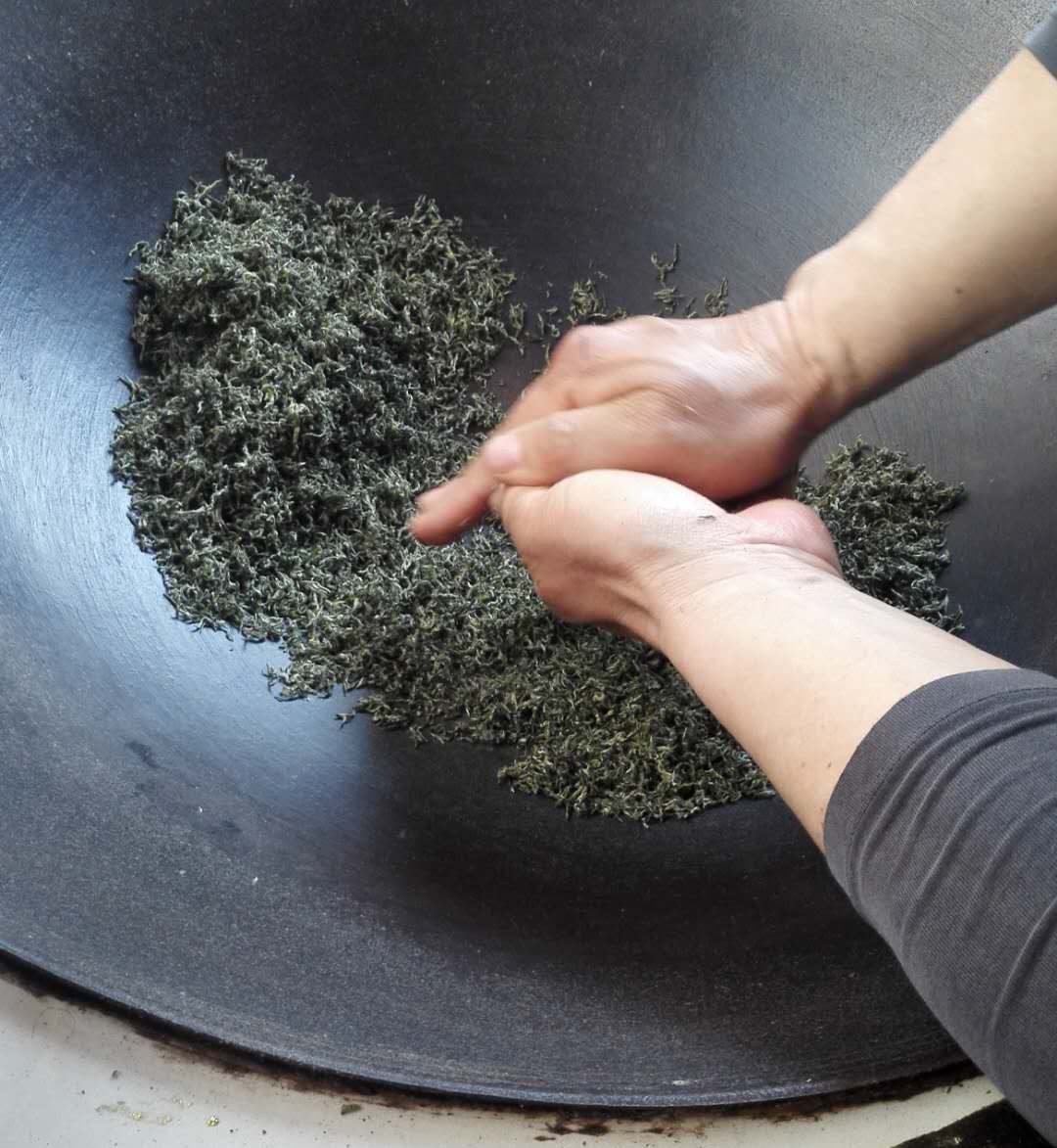
Every hand crafted tea is distinct in the movements used for its shaping, and the tea master’s hands will reflect those differences; for instance where callouses have developed from touching the hot wok or leaves. Bi Luo Chun’s curled shape is formed right after the frying process when the tea master will scoop hot leaves into his hands and roll them along his palm and fingers, resulting in callouses all along his hand. This is different from other traditionally hand fired teas, such as Dragon Well green tea, which will leave a callous along the top of the palm from pressing the tea leaves in the wok.
Plucking & Processing Bi Luo Chun
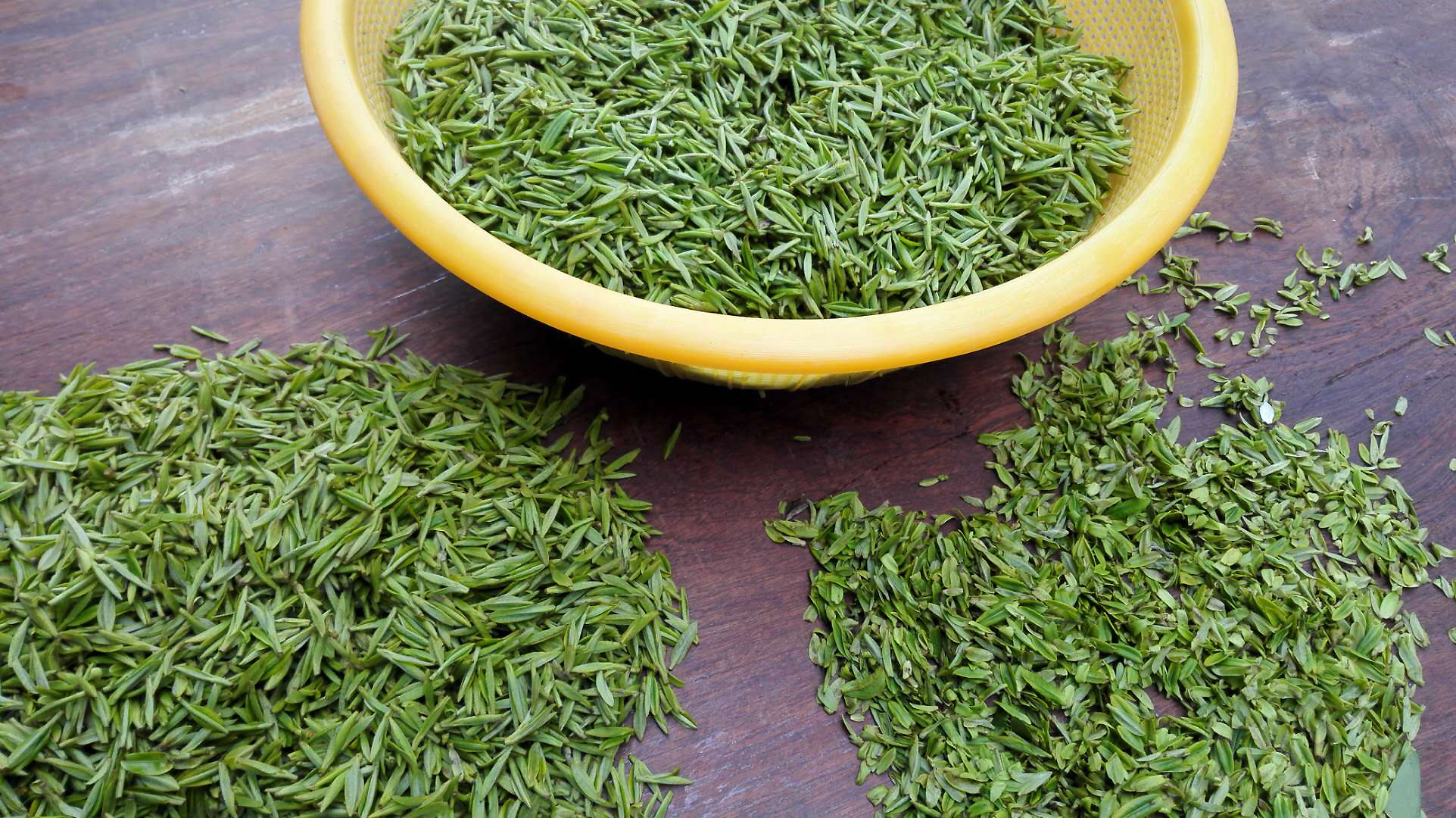
Bi Luo Chun is one of the earliest harvested green teas of the spring. It is normally plucked near the end of March while the weather is still cold. Tea pickers will dress in winter clothes wearing gloves with the fingertips removed so they can still effectively pick leaves. Mr. Lu is more often than not roaming around with his tea picking staff early in the morning to ensure the proper timing and quality for every picking. He will instruct them to closely inspect each individual bud waiting for the ideal time: when the first leaf barely begins to separate from the full sized bud. Mr. Lu collects all of the fresh leaves from the tea pickers when they return for lunch at his house. He will then gently lay the fresh leaves along bamboo trays to allow them to dry for one to two hours, depending on the moisture in the air. While the tea is breathing he will prepare his wok for frying. Once the tea leaves have withered they have softened to the appropriate flexibility to fry, without them being so crisp they snap.
Mr. Lu will spend the better portion of his day frying tea leaves. First he will use a very high temperature in the wok to fry the tea leaves and destroy the enzymes to prevent oxidation. Then he will lower the temperature to continue frying while working one handful of leaves at a time into their proper shape, repeating the hand rolling step until the tea leaves are nearly dry while adjusting the temperature. He only uses about 300 grams of tea leaves in the wok at a time per frying session. After the tea leaves have developed their curled shape he will give them time to rest before returning them to the wok for a final frying, which will reduce the tea leaves’ moisture to their desired shelf-stable levels. Later in the evening after all of the fresh tea has been fried, Mr. Lu will bag the fried leaves in locally made paper before putting the packages in plastic bags; they will then be stored in tin buckets lined with limestone along the bottom which will help absorb excess moisture.
No chemical fertilizer, pesticide, or herbicide was used in the production of this tea. Click here to read more about our promise to fair trade and the environment.

